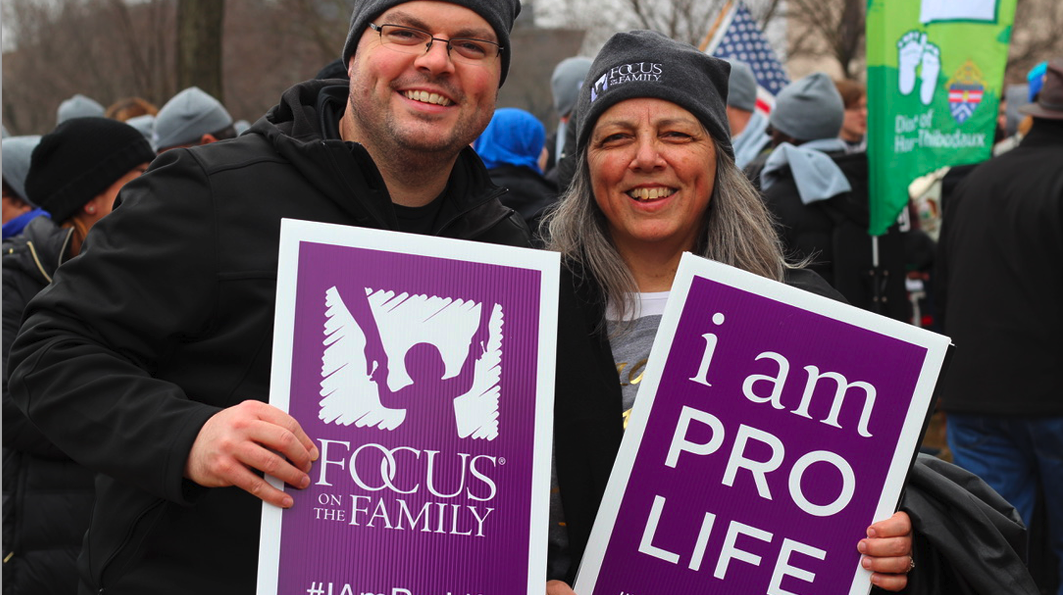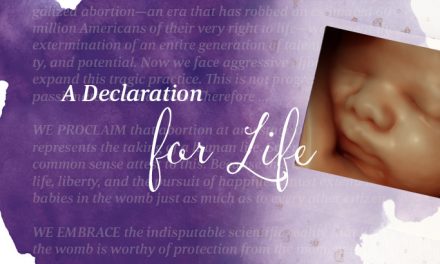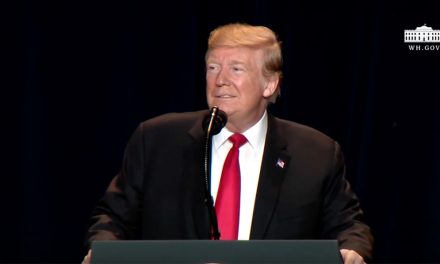It’s been a week since New York shocked the country by passing a new radical piece of pro-abortion legislation, which would make abortion legal until the point of birth. Governor Andrew Cuomo and other abortion activists celebrated this so-called “progressive” achievement by lighting up the One World Trade Center’s spire in pink as celebration.
While some in New York cheered about this change, many throughout the country mourned the babies that will be lost to abortion.
Both inside and outside the pro-life community, the decision of New York to enact such a radical agenda was a surprise. It contrasted sharply with the atmosphere of hope that was prevalent in the nation’s capital last week as more than 100,000 pro-life activists took to the streets.
On January 18, people from across the country came to Washington DC to march for the lives of those babies in New York and across the country at the 46th annual March for Life. The goal of the march is to “end abortion by uniting, educating, and mobilizing pro-life people in the public square.”
Decisions, like the one made in New York, make that goal reminds us how challenging this goal remains.
Despite this temporary setback, there is still a lot of optimism. One of those people fighting for life is Vicky McKeon. Not only does she participate in small ways with the March for Life every year, but as a teenager she walked in the first ever March for Life on January 22, 1973.
“Our school, those who wanted to go went to the original walk in 1974,” Vicky said. “I was pro-life then, I’ve been pro-life my whole life. That was a really, really important event. I’ve never forgotten it, there were so many people at the time.”
Although the event didn’t receive a lot of publicity then, or now, it was still an exhilarating time for those interested in fighting for life.
“There was a lot of excitement,” she said. “People walking for the cause and I think that is still true today.”
Vicky shared that the decision to walk in that first March for Life helped cement her beliefs in the sanctity of life, but there was another, more personal event, that really brought the pro-life message close to home.
Several years ago, Vicky and her husband learned that their son’s girlfriend was pregnant and considering an abortion. They encouraged the couple to visit a local pro-life pregnancy resource center. The visit changed the couple’s life.
“She ended up having the baby, and my granddaughter is the most precious child,” Vicky said. “And that is such a testimony to the work that people are doing to save lives. After that, I was an even stronger pro-life advocate because the world would’ve missed a precious young child.”
Sadly, the children of New York are increasing vulnerable to the aims of pro-abortion activists. Precious children, like Vicky’s granddaughter, will now become targets for abortionists. But despite this setback, the pro-life movement will continue to push on with the support from people across the country, including people like Vicky.
Through snow, rain or shine, people will continue to March for Life every year. The decision of New York to embrace death will embolden, and not weaken the pro-life movement. It is just an incentive to fight harder for those that cannot fight for themselves, and hopefully abortion will one day become something that is unthinkable.
“These babies that they want to kill could grow up to be something special,” Vicky said. “They could grow up to be doctors and lawyers. I don’t know how you could kill a baby.”






